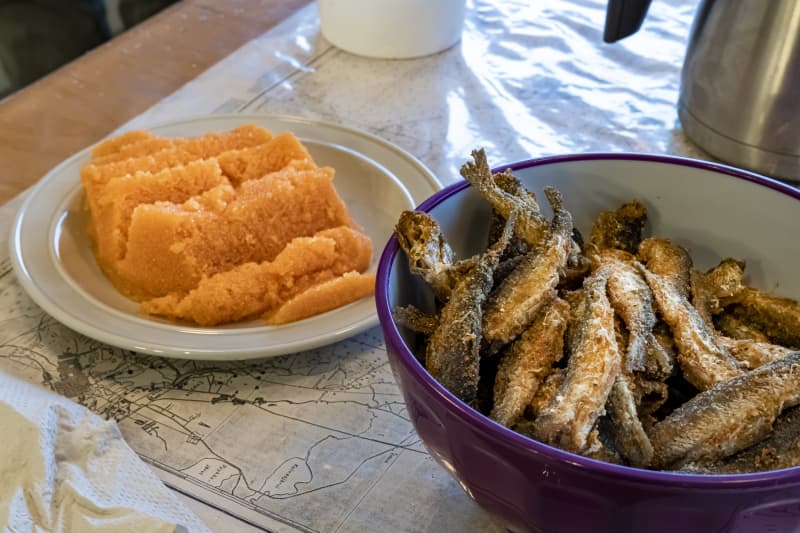In Sweden, it is not allowed to ask for minnows in such large quantities as the demand would require.
Roe deer is the most important source of income for coot hunters and a highly valued delicacy, especially in Sweden. In recent years, its price per kilo for consumers has risen to 200 euros.
Muikku is a salmon fish that lives in lakes. Maiva, or sea urchin, is a form of urchin that lives in the brackish waters of the Gulf of Bothnia and the Gulf of Finland. Maiva is especially called Pärämere muikku, and its season is currently underway.
The mayfish population has recovered well from the collapse more than ten years ago, and according to Halonen, the catches this autumn are good.
During the last two years, the price of muikku roe has risen by around one hundred euros per kilo.
Halonen mentions that the roe of the Jäärumiku is significantly more affordable than the Pärämere roe. However, in Sweden it is precisely the roe of the sea urchin that is coveted.
– Our roe goes all the way to the Swedish court, says Halonen.
Finns eat the whole mutton, in Sweden only the roe is fine
– The amount of catch they may have requested has not been enough for the Swedish market. In Finland, we don’t have a quota for asking for muikku, so we have taken a lot of stuff there, because the demand has been so strong, says Kuha.
Kuha says that the fishing quota of the western neighbor has been doubled this year, which could mean a small price drop from last year. Still, according to Kuha, the quota is too small to meet the demand.
In Kuha’s opinion, mullet fishing is even more responsible in Finland than in Sweden, because here the whole fish is used. Finns like muikku just as it is, while the western neighbor craves only roe. Kuha mentions that after the roe is recovered, a large part of the mink goes to feed mink farms in Sweden, for example.
– We buy the fish and, of course, use the fish for other purposes, and then we gut and wash the roe, says Kuha.
The price of the doe has by no means always been as high, and in the family business it is remembered that the price per kilo was once almost a quarter of what it is now.
– Isäuko and I just remembered that in the 2000s, wholesale prices have been in the range of less than 50 euros, says Kuha.

